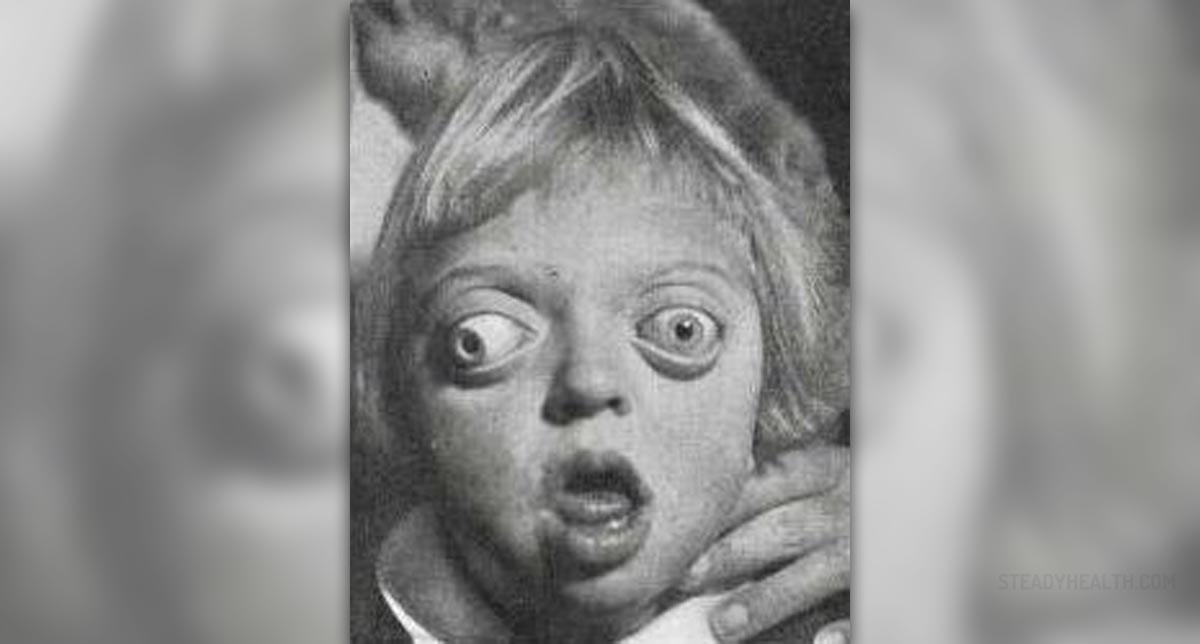
Crouzon syndrome, also known as a branchial arch syndrome, is a genetic disorder of chromosome 10. It is estimated that this disease affects 1 per 60.000 births in the United States. Crouzon syndrome is seen in about 16 per million newborns, globally. The disease is characterized by premature fusion of particular skull bones. The premature fusion causes problems in normal skull development and affects the shape of the head and face. A French surgeon, Crouzon discovered what he described as a hereditary craniofacial condition. He wrote about these findings in a 1912 issue of the Bulletins et Memoires Societe Medicale des Hopitaux de Paris. The initial case consisted of a mother and child, both with Crouzon symptoms.
Causes of Crouzon syndrome
Crouzon syndrome usually occurs as a hereditary disease. However, in almost twenty five to fifty percent of cases, Crouzon syndrome occurs spontaneously. Mutations of the FGFR2 gene are distinguished as causes of Crouzon syndrome. This gene is important for production of a protein fibroblast growth factor receptor 2. One of the primary functions of this protein is to signal immature cells to become bone cells at some point in embryonic development. Mutations in the gene over-stimulate signaling of the protein, causing the bones of the skull to fuse prematurely.
Symptoms of Crouzon syndrome
Crouzon syndrome manifests through a series of different symptoms. The most prominent symptoms of this disease are premature fusion of sutures, a flat sphenoid bone, protruding eyes, a hypoplasia midface or a small palate with subsequently compressed nasal passages, and a large jaw. The premature fusion of the sutures is the most dangerous symptom. The most commonly involved sutures are coronal sutures, which leads to an abnormally high forehead, known as acrocephaly. The danger behind this abnormality is that it leaves less room to allow the normal development and growth of brain. However, protruding eyes are the most obvious facial symptom of the disease. The severity of these signs and symptoms can drastically vary among affected people. People with Crouzon syndrome are usually of normal intelligence.
Treatment of Crouzon syndrome
Medical treatment for Crouzon syndrome focuses on managing symptoms and surgically correcting deformities.Surgery is almost always necessary to prevent potential brain damage and virtually all surgical options involve removal and replacement of the cranial vault to relieve pressure. Surgery leaves the patient with a relatively normal skull shape and full bone coverage.Protruding eyes are very difficult to treat but this is also possible through orbital surgeries and non-orbital surgeries. Certain very efficient surgical procedures are also available for treatment of the large jaw.



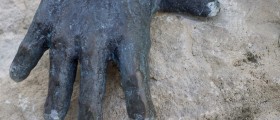






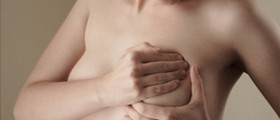

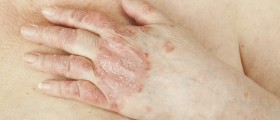
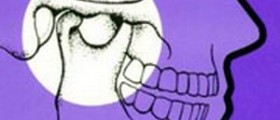



Your thoughts on this
Loading...